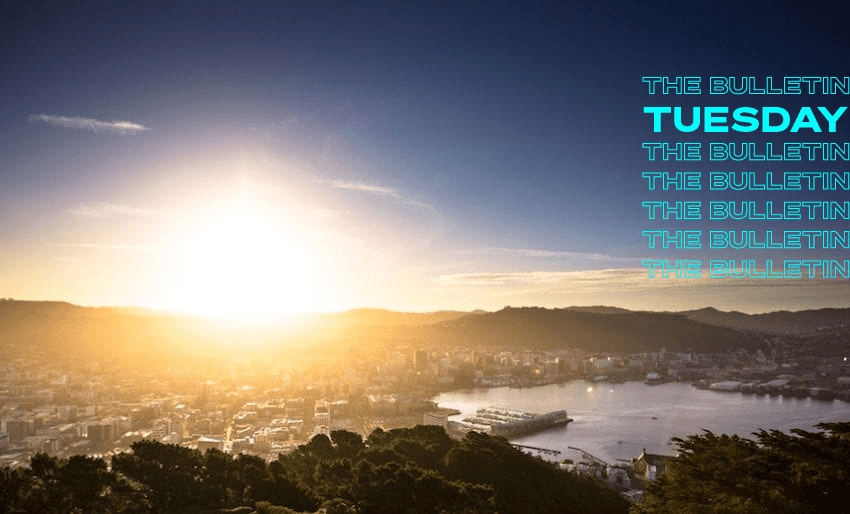Described as “frenemies” by the prime minister, most Covid protections were scrapped at 11.59pm last night. Today is the first day of living normally, but what is normal now, writes Anna Rawhiti-Connell in The Bulletin.
The evolutionary arc of our attitudes to Covid
Prime minister Jacinda Ardern, described the Covid measures we said goodbye yesterday to as “frenemies”, after announcing that only the most minimal measures will remain. Within that portmanteau are the divergent social, political, scientific and economic views on where we’ve been, where we’re at, and where we should be, 928 days on from the first case of Covid being reported in New Zealand. The Napier District Court this week has a literal example of the blows we’ve come to as conflicting opinions increased and consensus waned. Yesterday’s announcement was a milestone but one that arrives at a time when most are moving through what American epidemiologist, Steven Philips describes as “an evolutionary arc” – “from fear to resignation to acquiescence to normalcy.”
Is pre pandemic normal the right normal?
Travel will largely return to the “pre pandemic normal”. Masks are no longer required anywhere except healthcare settings. Covid case number updates will be weekly. We have some data that helps us pinpoint what “normal” is supposed to be. In Google’s latest Covid community mobility report for New Zealand, almost every location category is now back above the pre pandemic baseline. The Economist reported last week that most of the world was almost back to pre pandemic levels of economic activity based on its “normalcy index”. New Zealand has a “normalcy score” of 73.3. 100 is pre pandemic “normal”. I keep putting “normal” in air quotes because in many instances it describes a baseline that seems slippery when we still don’t know how much change the pandemic has wrought.
The road back or a glimpse of “the new normal”?
China currently has 65 million people in some state of lockdown. Recent reports show shipment delays from China to New Zealand have jumped 6764% since 2019. While The Economist’s data for New Zealand has road traffic back to “normal”, based on Google’s report, public transport use in New Zealand is still down by 26%. Stats NZ reported yesterday that the July number of overseas visitor arrivals to New Zealand was just over half of what it was the same month in 2019. Travel by all accounts still seems quite chaotic and may be changed forever. The Economist concludes that what we’re doing hasn’t changed that much over the last nearly three years but where we’re doing it, has.
A technical milestone
“This is a time when finally, rather than feeling that Covid dictates what happens to us, our lives, and our future, we take back control,” said Ardern. Newshub’s Amelia Wade writes that actually it’s the government relinquishing its control. In doing so, the government has left some people without protection and without controls. Hospitals remain under enormous strain, with “build back better” a way off for the health system. We still don’t know what kind of impact long Covid will have. As Siousxie Wiles writes, a study in Australia estimated that long Covid is costing the Australian economy the equivalent of A$100m a week in lost output. For many, yesterday’s news will be a relief and a technical milestone, one that grants permission to be where they already were. For others, it will serve as a reminder of inequity. “Normal” is a very subjective call.


